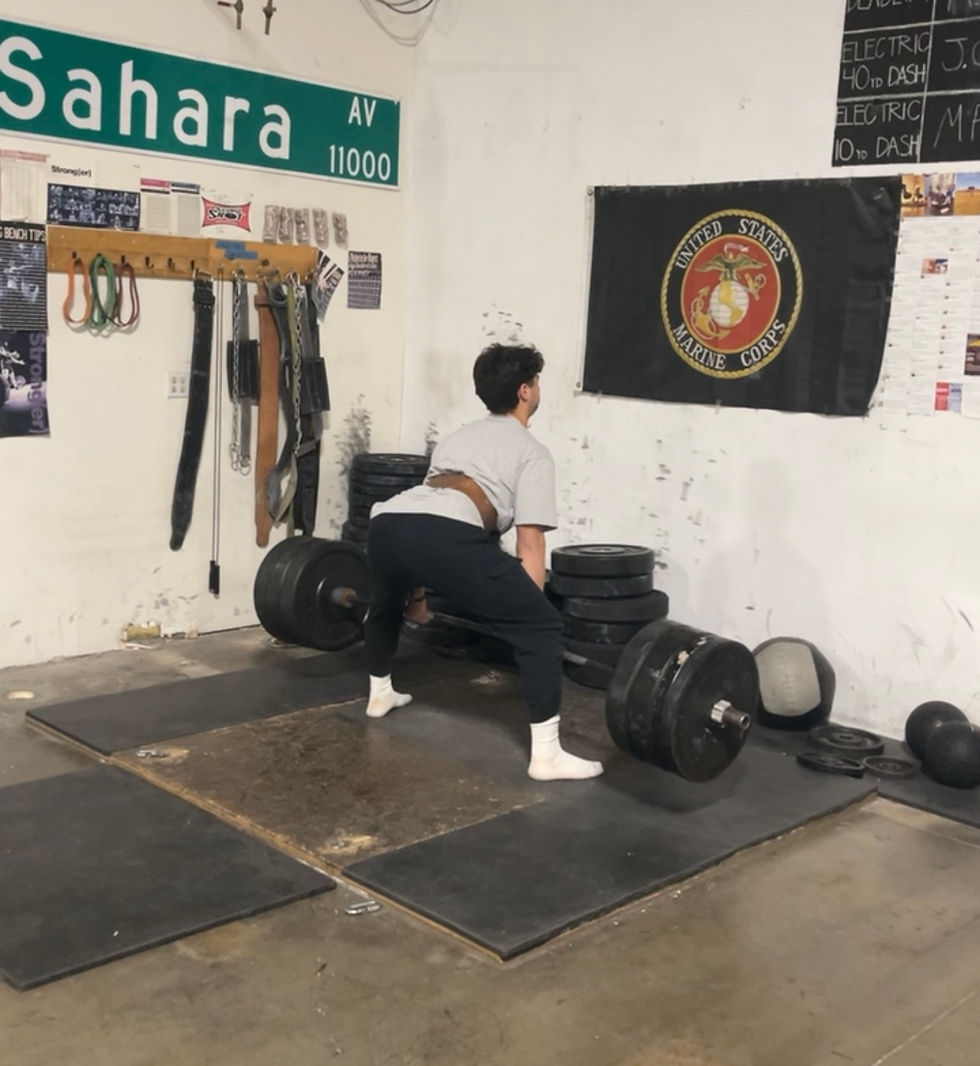Is Flexibility Important?
- Adam Fenske
- Jun 15, 2022
- 2 min read
Flexibility has been a long standing institution in the fitness world, going all the way back to the creation of the President’s Council on Youth Fitness. (1)
Flexibility is defined as the intrinsic properties of body tissues that determine maximal range of motion. To increase flexibility, and athlete uses static stretching. (2)

Because flexibility was included by the Presidents Council, much of the older generation grew up doing flexibility training in their P.E. and “Weights” classes, using tests such as the “Sit and Reach” to gauge their flexibility.
However, research began to emerge even as early as the 1980’s that demonstrated that there was no correlation between flexibility and athletic performance, and in fact, trying to increase an athlete’s flexibility not only resulted in a reduction of force production, but a greater rate of injury, and a greater severity of those injuries. (3, 4, 5)
Unfortunately, like many outdated and disproven fitness tropes, flexibility still persists as a very common method. (6)
For sports that are artistic in nature: such as figure skating, and ballet, flexibility has a time and place. But for sports that are power/speed based such as baseball, trying to improve an athletes flexibility is a net negative
Institute of Medicine. Fitness measures and health outcomes in youth. Washington, D.C.: The National Academic Press; 2012.
Holt J, Holt LE, Pelham TW. Flexibility redefined. In: Bauer T, editor. Biomechanics in Sports XIII. Thunder Bay: Lakehead University; 1996. p. 170-4.
Shields CL, Whitney FE, Zomar VD. Exercise performance of professional football players. Am J Sports Med. 1984; 12 (6): 455-9.
Kay AD, Blazevich AJ. Effect of acute static stretch on maximal muscle performance: a systematic review. Med Sci Sports Exerc. 2012; 44 (1): 154-64.
Thacker SB, Gilchrist J, Stroup DF, Kimsey CD Jr. The impact of stretching on sports injury risk: a systematic review of the literature. Med Sci Sports Exerc. 2004; 36 (3): 371-8.
Waryasz GR, Daniels AH, Gil JA, Suric V, Eberson CP. Personal trainer demographics, current practice trends and common trainee injuries. Orthop Rev. 2016; 8 (3): 6600.
- Fenske






Comments